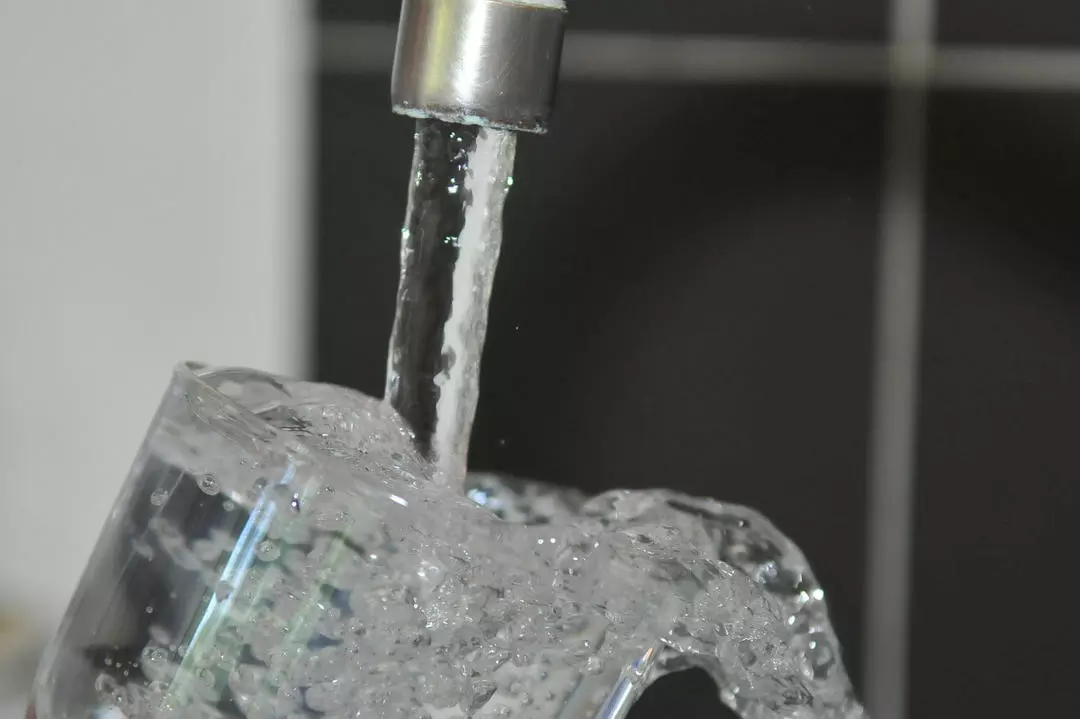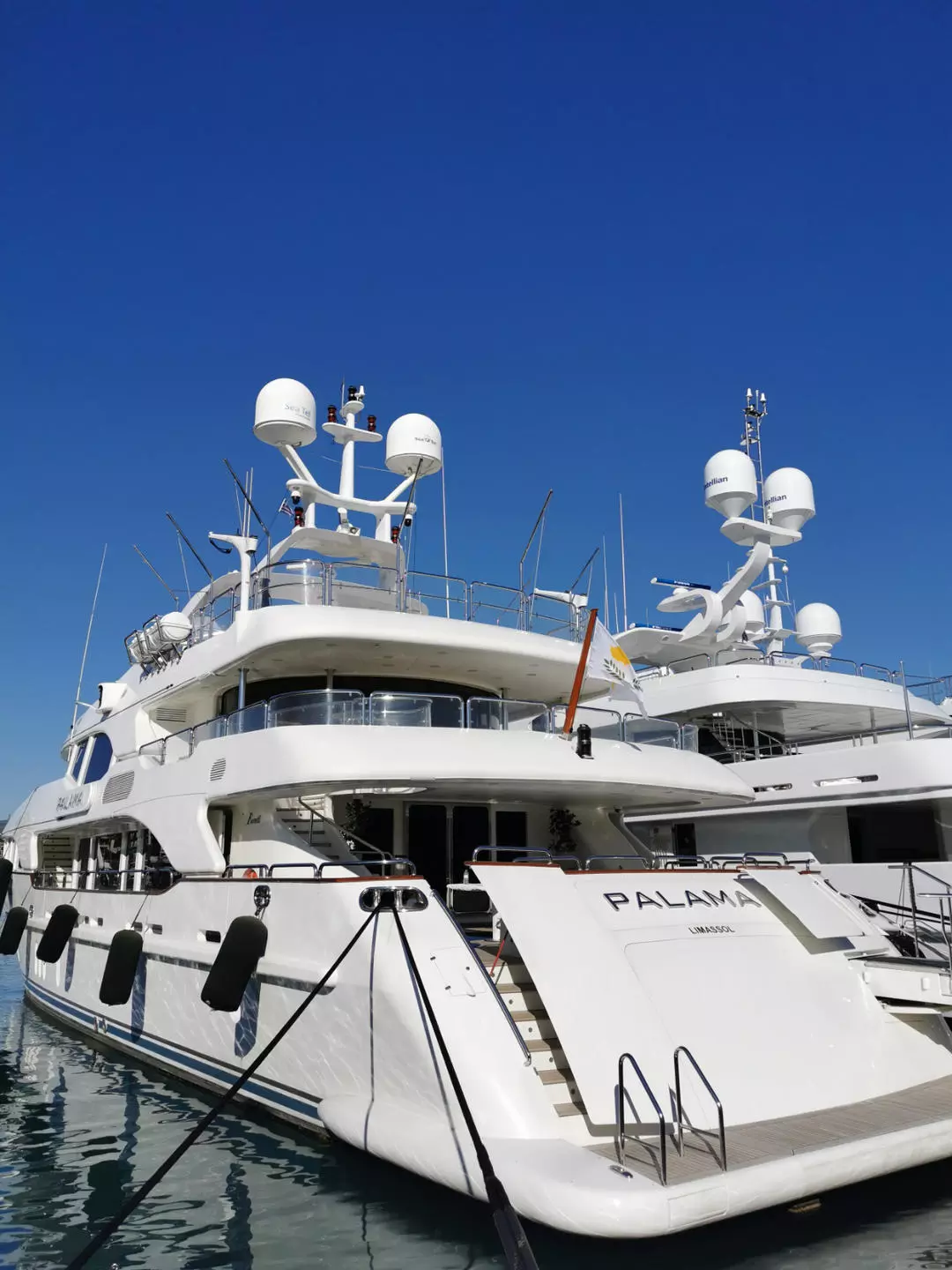Are you looking for legionella testing for yachts and private boats? We look at how often the water should be tested on yachts and private boats. Find out more about controlling legionella on yachts and boats.
Legionella Testing For Yachts And Private Boats
Dynamika UK Ltd is complete with water experts and marine specialists that can provide those with private motorboats and yachts with professional disinfection services to ensure your boats are safe to use.
We can do a complete onboard flush-out of all facilities, including wastewater tanks and potable water systems, alongside taps, showerheads and pipework. Our process is entirely eco-friendly; we do the utmost to make sure our fantastic professionals and water safety specialists never harm your water distribution systems' plastic or metal components.
We're well-versed in the current regulations to assure compliance, carrying out post-disinfection microbiological testing to keep your boat or yacht free of contamination and safe from Legionnaires disease.
Our staff can provide efficient independent compliance auditing and risk assessments that hit all criteria so that we never any specialist area unchecked.
Where chlorine is used for disinfection
We highly recommend chlorine residual as a disinfectant; it's effective and satisfactory for legionella prevention and maintaining your water systems.
A satisfactory chlorine level is approximately 0.5-1mg/l. Ideally, it should be at a pH of around 8 or less for suitable precautions.
Monitoring of water & water systems
Regular water quality monitoring is paramount in various companies and establishments.
For example, these establishments include cruise liners and maritime vessels, office buildings, power plants, hospitals, leisure centres, healthcare organisations, restaurants and bars and anywhere that provides the public with adequate drinking water, hygiene and spa leisure facilities.
These tests can demonstrate that potable water, source water and any onboard supplies are not contaminated with microbial, chemical hazards or fresh faecal material that could do incredible damage to your passengers and employees.
Such were guidelines written by the World Health Organisation (WHO) in 2011, their Guide to Ship Sanitation.
The WHO has recommended a wide range of water tests that will help identify and assess any problems onboard:
Basic source water testing includes searches for thermotolerant coliforms (Faeces) or E.coli, disinfectant residual and corrosion-related contaminants, such as copper and iron, etc.
When testing your source water, you can look for aesthetic parameters like taste, colour and odour.
Tests for disinfectant residuals, for example, free chlorine, you want to ensure that you are employing sanitising agents to treat your water.
Corrosion-related metals, including nickels, cadmium, lead, copper, and iron, can leach into your water from their pipework and plumbing systems.
At this point, they can cause extreme health concerns, especially for those most vulnerable few people after consumption or brief exposure to legionella.
You can be more vulnerable to contracting legionella if you have compromised immune systems, smoke tobacco or are an adult over 45.

Tore-mineralisation chemicals being added:
If tore-mineralisation chemicals are added to your water, the water should no longer be corrosive to fittings and surface fixtures.
It helps control alkalinity, water temperatures, and your water supply's pH.
Controlling Legionella on Yachts And Boats
It is incredibly straightforward to believe the bigger risks lie within larger ships, where more legionella bacteria can exist; however, this isn't always the truth.
Numerous cruise ships offer accommodation to hundreds and thousands of customers and passengers using high-tech and modern methods and appropriate action techniques that prevent and limit the potential growth of Legionella Pneumophila or other harmful bacteria and waterborne pathogens.
Water systems are built to be efficient for safe control practices, health and safety obligations, and effective management.
Ensuring your yachts and boats are properly managed will allow you to steer clear of any health risks and legionella contaminated water droplets.
However, this can sometimes not be said for smaller pleasure vessels and boats.
There are considerable narrowboats, motorboats, barges and yachts that people rent out each year for odd days in the summer or whole weeks and holidays.
These can number in the hundreds or even thousands.

Yet, there are still operators and commercial boat owners unaware of their responsibility to control legionella and the maintenance of the water systems onboard. Those who rent out these pleasure vessels to the general public with licenses to drive the vehicles must ensure adequate maintenance of water systems.
How often should water be tested?
According to MLC, the Maritime Labour Convention of 2006 states that shipowners must ensure that drinking water supplies receive "frequent documented inspections."
The latest recommendations suggest that the shipowner or master must ensure that all drinking water systems and food supplies are thoroughly inspected once a week for maximum efficiency onboard. The WHO or World Health Organisation often goes further into their specification to state that "Source water is thoroughly monitored at the port or dock to ensure all water is safe.
The master of the ships is responsible for operational monitoring concerning the quality of the source water. The microbial quality of the treated water, the pH and the disinfectant residual, for example, free chlorine, is often used after repairs or maintenance.
They also reprimand that monitoring your potable water systems should reflect the potential changes in the water quality rate. The monitoring of drinking water on ships can become more frequent, especially when your ship is recent or newly commissioned, its frequencies decreasing due to the review of accurate results.
Similarly, if your ship's water system is running out of control, it may help restore your system and monitor in the aftermath. You want to ensure your system is under control with frequent tests and maintenance until you have been verified. The ILO Convention78 also highly recommends that you physically check the drinking water quality utilising different outlets.
The master of the ships is responsible for operational monitoring concerning the quality of the source water. The microbial quality of the treated water, the pH and the disinfectant residual, for example, free chlorine, is often used after repairs or maintenance.
They also reprimand that monitoring your potable water systems should reflect the potential changes in the water quality rate. The monitoring of drinking water on ships can become more frequent, especially when your ship is recent or newly commissioned, its frequencies decreasing due to the review of accurate results.
Similarly, if your ship's water system is running out of control, it may help restore your system and monitor in the aftermath. You want to ensure your system is under control with frequent tests and maintenance until you have been verified. The ILO Convention78 also highly recommends that you physically check the drinking water quality utilising different outlets.
There are regular tests onboard that professionals highly recommend; their values include:
Bacteria, incl E.coli (0 cfu/100ml)
pH (6.5 – 9.5) & alkalinity
Hardness (>100 mg/l ppm)
Free chlorine (<5mg/l) Total chlorine
Various metals including lead (10 μg/l), copper (2000 μg/l), cadmium (3μg/l), iron (200μg/l), nickel (70μg/l), zinc (3000μg/l)
Legionella (<100 cfu/100ml).
